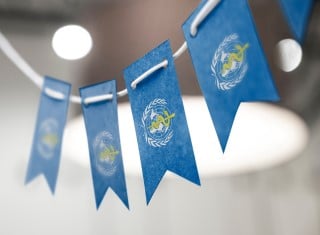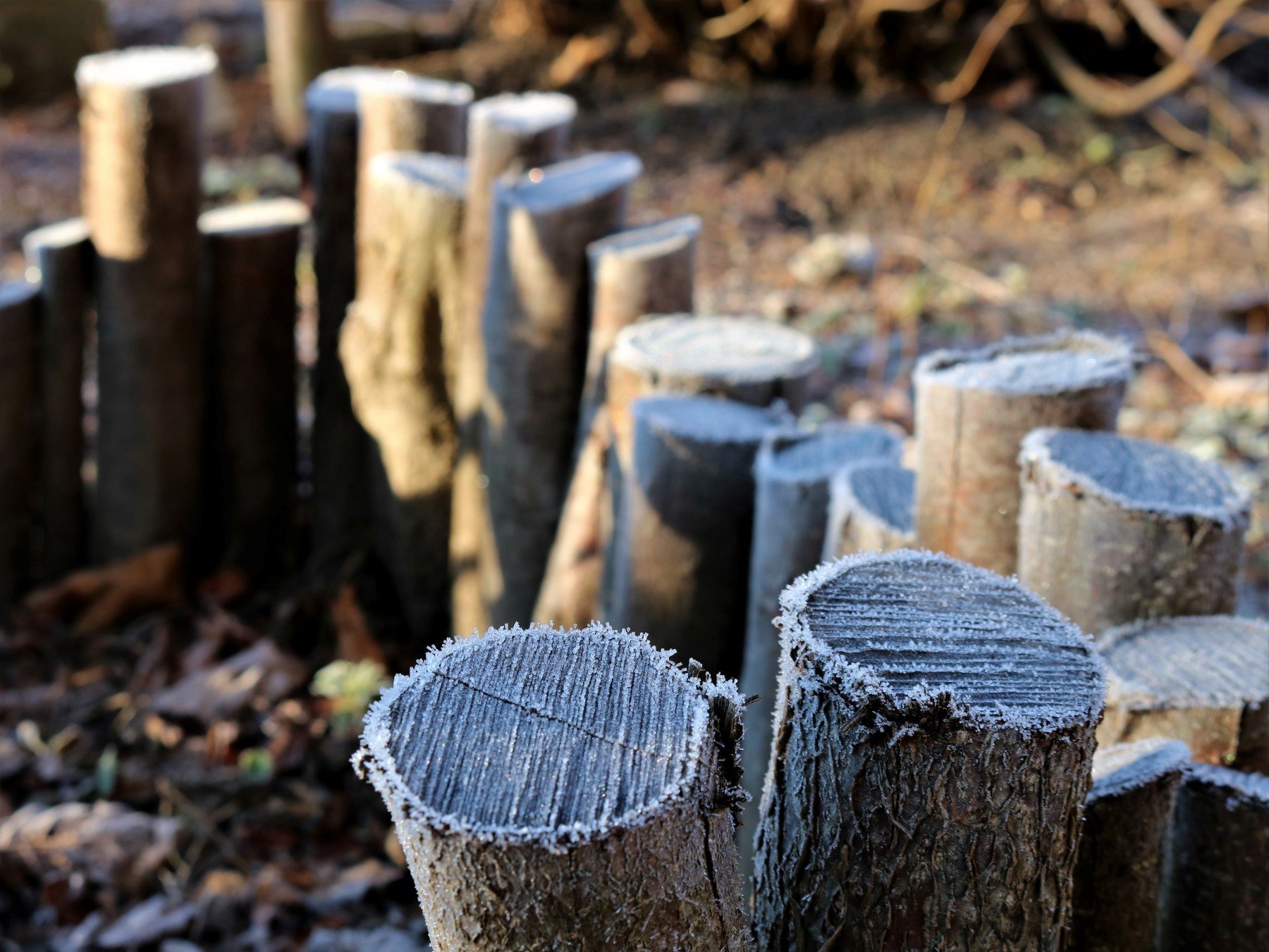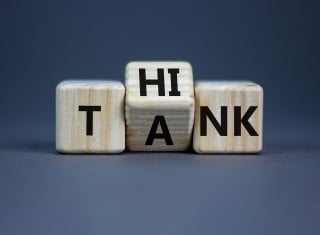WHO guidelines for air quality — Improving health by reducing air pollution
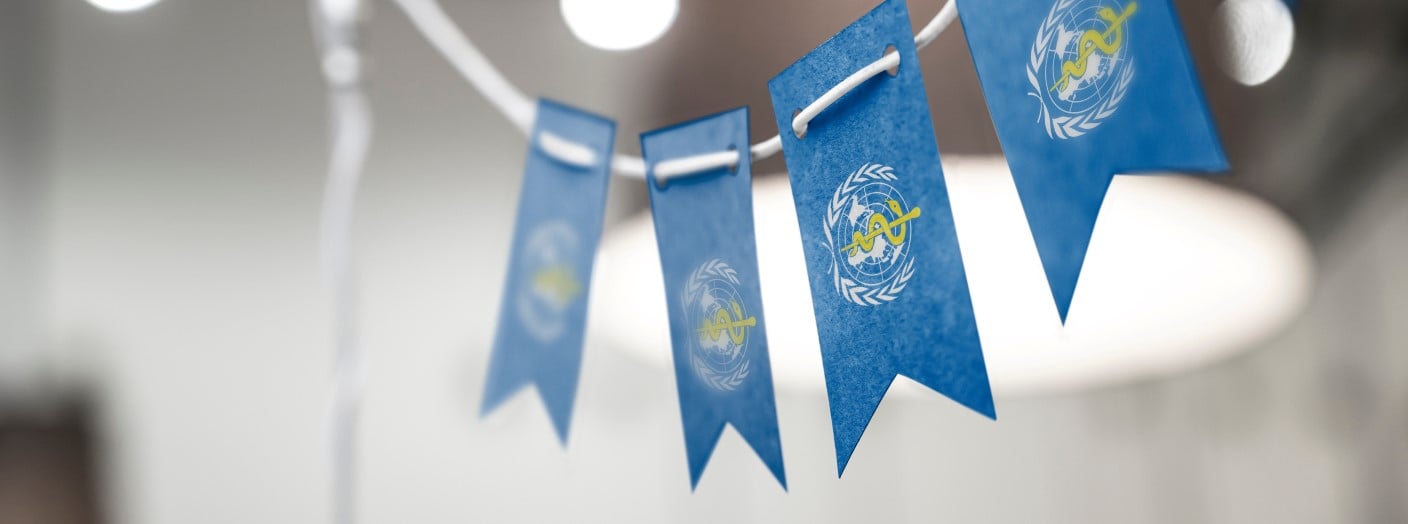
Everyone has the same rights — the human right to breathe clean air in all environments like schools, homes, offices, etc. It is alarming that 99% of the world's population breathes air exceeding World Health Organization (WHO) air quality limits. We are all different, so there is a great need for a list of global limit values to reduce the population's exposure to air pollution.
Policy actions about air pollution can bring benefits.
Addressing air pollution through policy actions can bring health benefits for people, climate mitigation and sustainable economic development. There is still a long road ahead of us as there is a great need to set specific limits for various indoor and outdoor pollutants and provide information on indoor air quality in workplaces and for the public by government, building owners, and developers. Follow-up actions and responsibilities for clean-up costs for pollution are needed, as well as providing regulations for energy efficiency improvements to reduce energy and emissions.
Everyone has the same rights — the human right to a healthy environment.
Human rights are universal and apply equally — to all people, everywhere. Human rights standards for health, education, freedom, equality, and many others are all interrelated. The Universal Declaration of Human Rights (signed by the UN General Assembly on 10 December 1948) lists over 30 human rights, and we should add another one — the right to clean air. In today's world, we can see that all is interconnected, and by adopting guidelines about clean air, we can protect life, improve health, and mitigate climate change.
Everyone has the right to a healthy environment, including clean air, water, and a stable climate (as declared by the United Nations General Assembly on 22 July 2022). We are battling climate change, loss of nature and biodiversity, and pollution and waste. By formally recognising the impact of climate change on people's well-being, we must ensure that people have access to a 'clean, healthy and sustainable environment'.
We need to trigger environmental actions and provide necessary safeguards to people worldwide. It will help people stand up for their right to breathe clean air, access safe and sufficient water, healthy food, healthy ecosystems, and non-toxic environments to live, work, study, and play.
— Inger Andersen, the United Nations Environment Programme
99% of the world's population breathes air exceeding WHO air quality limits.
The emphasis is on protecting the planet and its inhabitants, from air pollution, which kills 7 million people annually. Almost 99% of the world's population breathes air that exceeds WHO air quality limits. With around 28,000-36,000 deaths in the UK linked to human-caused air pollution each year, the UK is looking into passing legislation to protect the public from air pollution — human-caused air pollution each year, the UK is looking into passing legislation to protect the public from air pollution — the Ella's Law. Named after Ella Adoo-Kissi-Debrah, a nine-year-old girl who tragically died in 2013, becoming the first person in the UK to have air pollution listed as a cause of death, this Bill of the Clean Air (Human Rights) would support the act to bring air quality in every community up to minimum WHO standards
We are not good sensors, so let's have a global list with limit values!
We are all different — we differ in physical and psychological forms, have different likes and dislikes, and have different preferences for the surrounding environments. That is why we are not good and practical sensors of air quality — outdoors or indoors. In today's world, we are a knowledge- and data-driven society. Therefore, we would benefit from some quantitative health-based recommendations and evidence-based guideline numbers. And that is where the WHO air quality standards come in.
Because no matter who we are or where we come from, we are all entitled to the basic human rights of clean air to breathe, clean water to drink, and healthy land to call home.
— Martin Luther King III
WHO Air Quality Standards — Improving health by reducing air pollution.
WHO regularly monitors air quality worldwide and integrates scientific evidence on the health impacts of air pollution from all world regions. Air pollution is a complex mixture of solid particles, liquid droplets, as well as gases, coming from many sources (traffic exhausts, power generation, fuel burning, industrial chimneys, waste burning, and many other sources). Air pollutants measured include PM2.5 and PM10 (particles with an aerodynamic diameter of equal or less than 2.5, also called fine and 10 micrometres, respectively), ozone (O3), nitrogen dioxide (NO2), carbon monoxide (CO) and sulphur dioxide (SO2).
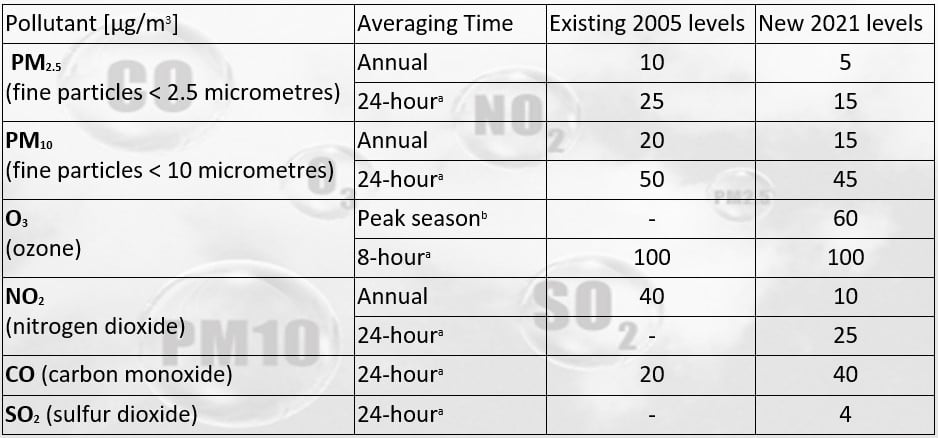
μg = microgram
(a) 99th percentile (i.e. 3–4 exceedance days per year).
(b) Average of daily maximum 8-hour mean O3 concentration in the six consecutive months with the highest six-month running average O3 concentration.
Note: Annual and peak season is long-term exposure, while 24 hour and 8 hour is short-term exposure.
On the road to clean air — Key challenges and environmental principles.
Making clean air a legal right for present and future generations will require setting and implementing particularly important milestones. One of the critical challenges is defining clean air for indoor and outdoor environments by setting concrete limits on air pollutants, including carbon monoxide and emissions, which are reviewed annually. The government must assess and inform the public and issue indoor and outdoor air quality regulations.
In addition, building owners must assess and report on the indoor air quality in places of work and public places. Developers must monitor and report on indoor air quality in newly renovated or constructed residential developments during the first 12 months of occupation. New sets of 'environmental principles' will have to be applied, and the costs of pollution or clean-up efforts should be borne by those responsible for causing the pollution. Provide regulations for energy efficiency improvements to domestic and non-domestic premises that reduce energy use and carbon dioxide emissions.
References
The United Nations. (1948) The Universal Declaration of Human Rights (UDHR) https://www.un.org/en/about-us/universal-declaration-of-human-rights
Fuller, R. et all. (2022) Pollution and health: a progress update. Lancet Planet Health https://doi.org/10.1016/S2542-5196(22)00090-0
The Ella's Law. The Clean Air (Human rights) Bill https://ellaslaw.uk/
WHO global air quality guidelines: particulate matter (PM2.5 and PM10), ozone, nitrogen dioxide, sulfur dioxide and carbon monoxide. (2021) https://www.who.int/publications/i/item/9789240034228
WHO National air quality standards. Interactive tool https://www.who.int/tools/air-quality-standards

